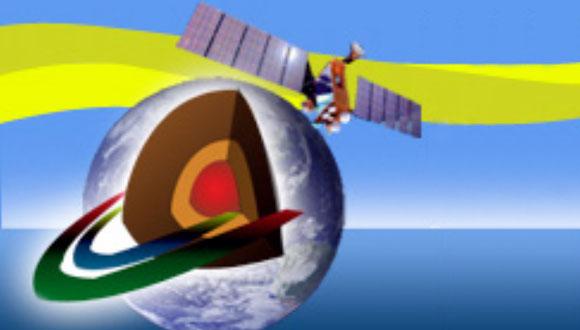סמינר בחוג למדעי כדור הארץ: URANIUM DECAY SERIES AS A QUANTITATIVE LINK BETWEEN CLIMATE CHANGE, LANDSCAPE EVOLUTION AND SEAWATER COMPOSITION: EXAMPLES FROM THE WEDDELL AND RED SEAS
Adi Torfstein, The Interuniversity Institute for Marine Sciences & Institute of Earth Sciences, Hebrew University
Abstract:
Knowledge of the timescales of natural processes that take place on the surface of Earth, and in particular in ocean waters and sediments, is a prerequisite for understanding the interplay between geology, biology and chemistry in the modern and past oceans.
The Uranium (and Thorium) decay chains form a series of radionuclides with various half lives that cover the entire spectrum between billions of years to minutes (and less). Combined with significant differences in the chemical properties between each of the radionuclides, these series provide a unique temporal monitor of many critical processes, including rock formation and sediment deposition ages, fluxes of organic and inorganic material from the continents into (and within) the oceans, rates of submarine groundwater discharge into the ocean, modern and paleo- ocean circulation, oceanic primary productivity and export production fluxes, and many others.
I will focus on a novel application of U-decay series disequilibrium in fine siliciclastic particles that provides a chronometer of a range of Quaternary surface processes, and in particular, of sediment transport times. This application assumes that in particles smaller than several tens of um, (234U/238U) ratios decrease from unity toward a value predicted by the particle size and the particle recoil loss fraction (expressed as “fα”). The secular evolution of (234U/238U) ratios defines the “comminution age” of a given particle, reflecting the combined time span of particle transport and deposition age, and can serve as a primary tracer of the connection between continental weathering, geomorphic processes, and climate change.
Recent examples will be presented from two of the most extreme desert environments on Earth, Antarctica and the Middle East. In particular, the late Quaternary secular evolution of (234U/238U) and (230Th/238U) ratios in marine cores from the Red Sea and the Weddell Sea will be discussed, and evaluated in the context of glacial-interglacial climate change and its control over continental and marine transport processes.
מארגנת הסמינר: ד"ר רוית חלד


